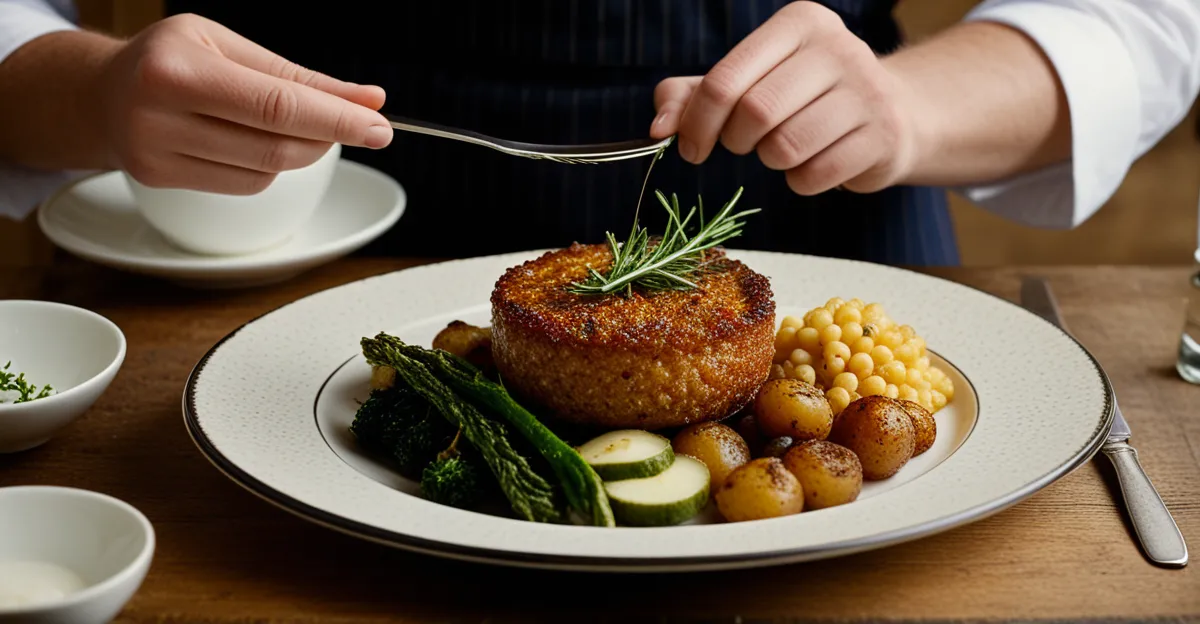Key Elements of Traditional British Cuisine
Traditional British dishes are deeply rooted in the history of British food, reflecting centuries of culinary evolution shaped by geography, climate, and social custom. Central to classic UK meals is the use of local produce and seasonal ingredients, which historically dictated the variety and availability of food. British cooking methods traditionally focus on roasting, slow-cooking, and baking, techniques well-suited to the local resources and climate.
Signature dishes such as the renowned roast dinner—complete with meat, potatoes, and seasonal vegetables—highlight the importance of hearty, balanced meals. Pies, both meat and sweet varieties, embody the practicality of using available leftovers and preserving food. Puddings, from savory to sweet, demonstrate the British love for texture and comfort in their cuisine.
Topic to read : How do you prepare a hearty steak and kidney pie from scratch?
This emphasis on local, seasonal foods in traditional cooking was not merely for flavor but essential for sustenance in times when food transport was limited. British food history shows a consistent preference for dishes that offer nutritive value alongside familiarity, creating meals that sustain both body and community. Understanding these foundational elements helps appreciate modern British cuisine’s ongoing dialogue with its past.
Contemporary Eating Habits in the UK
Traditional British dishes continue to coexist with evolving British food trends, reflecting a dynamic modern UK diet shaped by changing lifestyles. In recent decades, the rise of fast food and international cuisines has diversified eating habits Britain-wide, introducing flavors and convenience previously uncommon in classic UK meals. This shift answers the increasing demand for quick, accessible options amid busy daily routines.
Topic to read : What are the secrets to a flaky Cornish pasty?
However, this expansion hasn’t erased all traditional preferences. Many still appreciate hearty meals, but there’s a noticeable move toward healthier, often plant-based choices within the modern UK diet. Consumers now balance convenience with nutritional awareness, integrating vegetarian and vegan alternatives alongside more classic recipes.
Moreover, eating habits Britain shows an increased interest in sustainable sourcing, echoing the earlier emphasis on local produce found in traditional British dishes but adapted for current global availability. This new focus blends historic values with contemporary concerns, illustrating how British food trends honor the past while embracing innovation. Ultimately, the present UK’s culinary landscape is as much about variety and health consciousness as it is about retaining familiar tastes.






